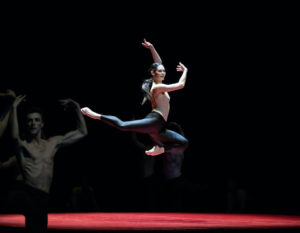Paris: Ballet’s renaissance and a striking cross-generational duet - Vancouver Ballet Society
- Home
- City Reports 2020 - 2023
- Paris: Ballet’s renaissance and a striking cross-generational duet

By Marisa Hayes
Balletomanes often complain that Paris is lacking in classical ballet performances. And while it may seem paradoxical for a city so fundamental to the history of ballet, the French capital abounds with contemporary dance. Even the Paris Opera Ballet has increasingly expanded into postmodern, contemporary, and dance theatre productions, leaving a meagre number of ballets each season. All this is expected to change under the direction of José Martinez, former Paris Opera étoile, who took the company’s reins in December.
In recent interviews, Martinez has voiced his commitment to commissioning new works on pointe and providing fresh opportunities for the troupe of classically trained dancers to explore various approaches to performing ballet in the 21st century. Change was already underway this spring when the Paris Opera kicked off two overlapping programs in April and May, the first a mixed bill of short works by Maurice Béjart at Opéra Bastille, followed by the French premiere of Wayne McGregor’s The Dante Project at Palais Garnier.
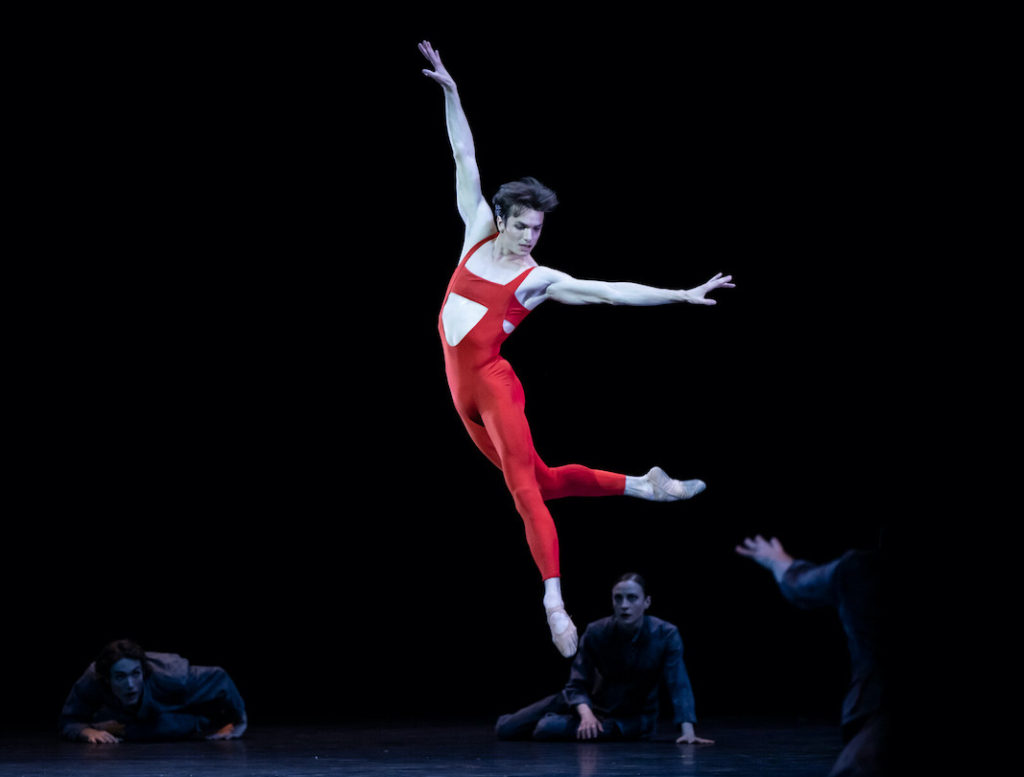
The company shone in Béjart’s L’oiseau de feu (The Firebird), Le Chant du compagnon errant (The Song of the Wayfarer), and Boléro, all neoclassical works created between 1961 and 1971. Opening with a minimalist take on The Firebird, the corps was in fine form, weaving intricate ringed patterns to frame the red phoenix and firebird, symbols of regeneration and light. Étoile Mathieu Ganio, most often cast as a danseur noble in romantic ballets, was both elegant and commanding as the title character on April 21. Le Chant du compagnon errant was the evening’s greatest surprise, a lesser-known work danced by two étoiles at the height of their physical prowess, Germain Louvet and Hugo Marchand. One of the rare male duos in the repertoire, the piece explores the relationship between a young man in search of his destiny and a watchful mentor. Angular shapes, including bent wrists and elbows, punctuated the pair’s supported lifts and high extensions.
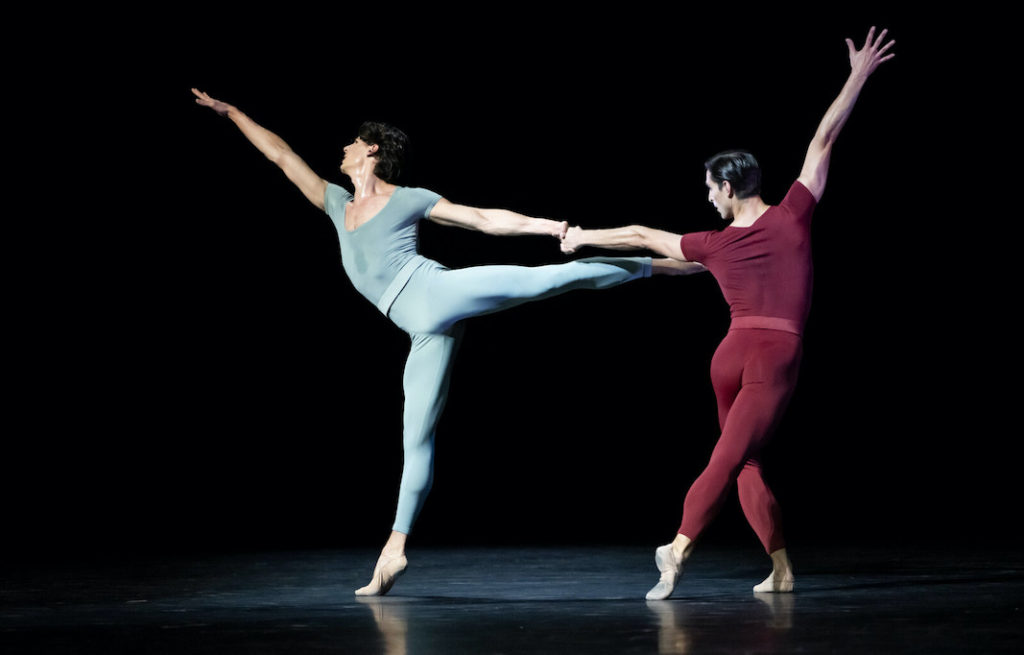
Béjart’s celebrated Boléro closed the program, performed by étoile Amandine Albisson and male members of the corps. Boléro is intriguing not just for Ravel’s intoxicating rhythms, but for its lead role that can be danced by any gender. Parisian audiences witnessed different casts during the spring run, which garnered praise for the multiple men and women who tackled Béjart’s trance-like pulsing arms and pelvic tilts performed atop a round table. The evening’s exploration of universal themes and simple costumes (bodysuits and leotards) felt anything but dated, bestowing a sense of timelessness on Béjart’s choreography.
Wayne McGregor’s ambitious new evening-length ballet, The Dante Project, a co-production of the Paris Opera Ballet and London’s Royal Opera House, premiered in Paris on May 3. Detractors of McGregor’s signature style — swaggering walks on pointe accompanied by swift wave-like contractions in the back — might argue that many of the choreographer’s abstract works are indistinguishable. The Dante Project, however, successfully merges narrative structure and visual designs that provide additional depth to McGregor’s aesthetic. In a moving series of tableaux, the ballet revisits episodes from Dante’s The Divine Comedy, as the author (danced by Germain Louvet on May 4) journeys through Hell, Purgatory, and Paradise. Tacita Dean’s stunning sets include film, drawings, and mixed media that evoke diverse locations, from a subterranean inferno to celestial bodies, while her costume designs cleverly convey inner states through shifting colours, seen in the evolving hues of Dante’s tunic.
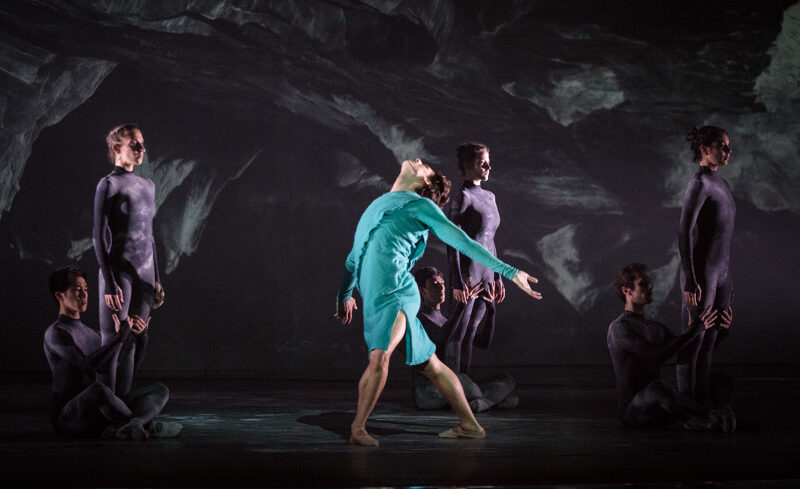
Soloists often appeared in large ensemble dances, lending them additional strength, including Clara Moussigne’s striking performance in The Obscure Forest tableau. Moussigne’s precise turns and musicality make her one of the company’s most exciting demi-soloists. Irek Mukhamedov — current Paris Opera ballet master — temporarily emerged from stage retirement to dance the role of Virgil, Dante’s elder teacher. Performing intergenerational pas de deux with Louvet, Mukhamedov embodied a poignant guide for the title character. The Dante Project is an exciting addition to the repertoire, allowing the company to revisit mythic archetypes while drawing on a contemporary style of ballet and stage design.
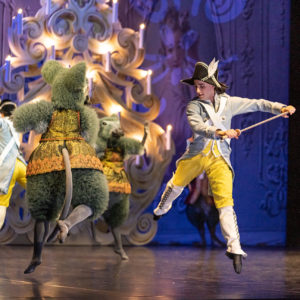
Former Paris Opera Ballet étoile Karl Paquette’s Il était une fois Casse-Noisette (Once Upon a Time, The Nutcracker) at Théâtre du Châtelet offered Parisian audiences yet another opportunity to see ballet this April. Choreographed by Fabrice Bourgeois under Paquette’s artistic direction, it was designed to attract families with no prior knowledge of the art form. In contrast to Paquette’s abridged My First Swan Lake, the new Nutcracker omits very little, while adding a brief opening narration. It’s a lush, cozy version of the ballet, featuring atmospheric and warmly lit sets by Nolwenn Cleret. Performed by a small troupe of international guest dancers, the corps and soloists were competent though unremarkable, save Paquette’s engaging portrayal of Drosselmeyer.
Unlike many countries where the winter season is dominated by the holiday classic, French audiences are not accustomed to seeing The Nutcracker at any time of year, so the ballet’s April run did not raise any eyebrows. And in a country where classical ballet options are limited, Paquette’s production received a hearty welcome.
While Paris is just beginning to witness an uptake in classical ballet performances — some of which have tentatively begun to feature same sex pas de deux and mature performers — the city’s thriving contemporary dance scene continues to tackle questions of age and representation. The highly anticipated collaboration between 80-year-old butoh master Akaji Maro and acclaimed French choreographer François Chaignaud — four decades his junior — reminded audiences just how playful and liberating intergenerational and cross-cultural collaborations can be. Gold Shower, performed at Théâtre National de Chaillot on April 13, is an erotic tribute to liquids.
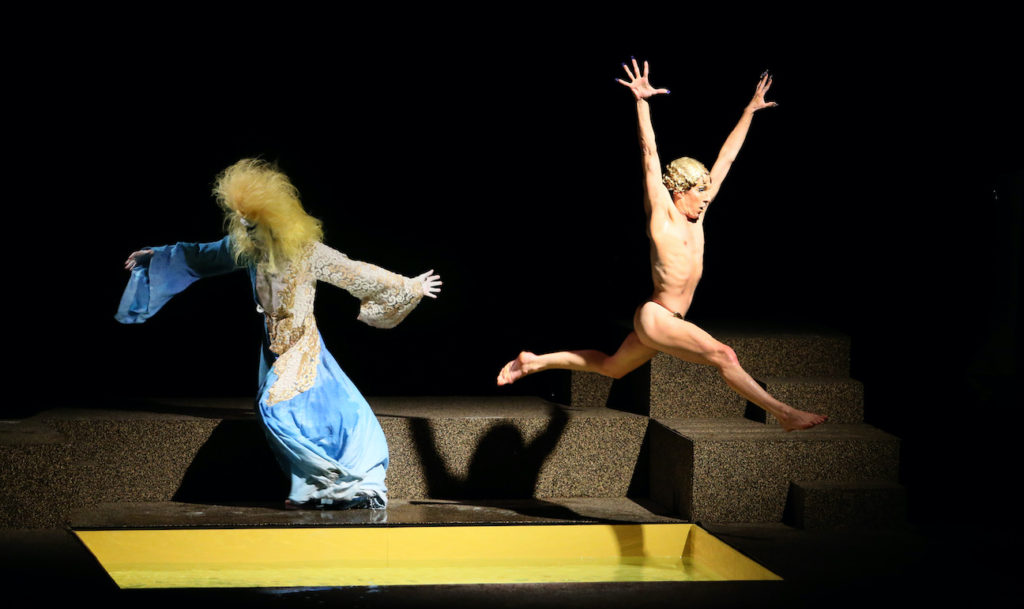
Gold Shower opens with Maro, who patters across the stage in a flowing dress and elaborate yellow wig. He is soon joined by a glitter-adorned Chaignaud, who emerges from a swimming pool and emulates athletic poses from Greek statuary. As the evening unfolded, humorous imitation games ensued between the two dancers, each impressively malleable and expressionist, drawing on references as varied as sexual fetishes and the gold body paint of Japanese Kimpun shows, a controversial style of post-war cabaret. The encounter between the two artists made for a strange and wondrous trip during which liquids served to remind us that we are fluid and ever-changing beings.
With much of the country on strike this spring due to national retirement reforms, the cast and crew of Gold Shower joined in, leading to the cancellation of the second performance. Strikes are a regular feature of life in France and the dance sector is no exception. More recently, performances of Carolyn Carlson’s Signes, created for Paris Opera Ballet in 1997, as well as the company’s opening night of Kenneth MacMillan’s Manon on June 20, were cancelled due to dancer-led strikes. The press reports that negotiations regarding salaries and working conditions are behind the strike, which threaten to cancel closing night of Manon on July 15 and Signes on July 16 if an agreement cannot be reached. This is the first strike under Martinez’s direction of the Paris Opera Ballet and will no doubt be decisive for the company’s budget and inner workings next season.
